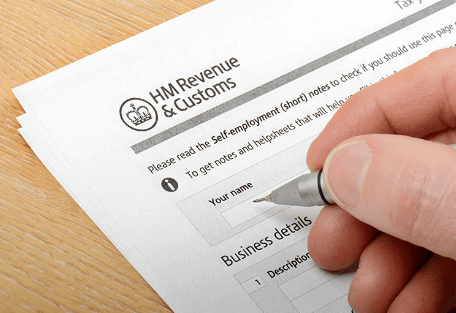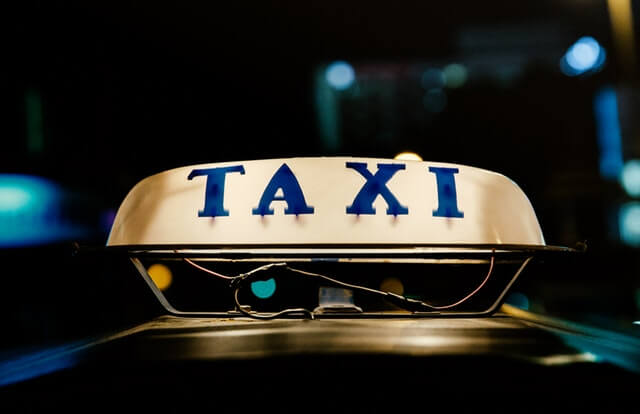How to set up as a sole trader

How to set up as a sole trader
Becoming a self-employed sole trader isn’t as difficult as you may think it is when it comes to first impressions. In fact, it is incredibly easy to sort out, and you will be joining a growing number of people in the UK who have become a sole trader, with an estimated 4.3 million people in the country registered as one, according to the Federation for Small Businesses report for 2017. Here at Guarantor Loan Comparison, we take a look at the steps you need to follow in order to set up as a sole trader.
What is a sole trader?
If you are registered as a sole trader, this means that you do not have limited liability, meaning that your own assets are at risk should the business end up failing. It means that you are legally responsible for all aspects of the business, and you are the one who both runs and owns it. A sole trader is also someone who is self-employed, but the difference is is that they are also the sole owner of their company.
Choosing your sole trader name
If you are setting up becoming a sole trader, one of the first steps you will be taking is deciding on a company name. You will need to verify it isn’t a business name currently being used elsewhere, as you could end up not being able to use it (or receive a fine potentially). This is why many people decide to register their name as a trademark, though you can come up with a business name of your choosing. Try to make the name simple and memorable, and make sure that it doesn’t use a combination of words that could end up offending people unintentionally.
Registering as a sole trader

One of the best things about becoming a sole trader is how simple it is to register, without the need for paying expensive registration fees in order to do so. However, you will need to make sure that you are self-employed. You can do this by filling in a Self Assessment form through the GOV.UK website as well as registering for Class 2 National Insurance. This type of insurance is specifically for people who are self-employed, in order to be able to receive benefits from the State Pension. Class 2 National Insurance contributions are usually paid by sole traders through their Self Assessment tax bill.
You will need to make sure that you have registered by the 5th October in your company’s’ second tax year or else you could end up having to pay a hefty fine for not having done so.
In addition, as you are new to the process of Self Assessment, it is worth keeping at hand your bank statements and receipts in order to make filling out the form as simple as it possibly can be and to ensure that is filled out correctly.
Once you have registered as a sole trader
Once you have filled out a Self Assessment form you will need to then send your tax return through the HM Revenue and Customs’ (HMRC) online service, which is completely free to use. You then must make sure that you pay the bill promptly before the deadline.

If for whatever reason you are having difficulty with completing the Self Assessment form there are a number of things you can do:
- There are a number of webinars and videos available online that you can look at to better understand the process. It is well worth consulting the GOV.UK website that provides a number of videos providing advice and guidance and what you need to do when it comes to Self Assessments.
- You could appoint a person to fill in and send the tax return on your behalf. Many people decided to employ an accountant who will do this for them.
- It is also possible to contact HM Revenue and Customs directly
Tax and VAT as a sole trader
When you register as a sole trader this will mean that it is a requirement that you must pay income tax on any profits the company you own makes, and this is done so through the previously mentioned Self Assessment form. This will mean that profits you make are added to other taxable income that you have, and income tax is applied if the total goes over your personal allowance. You will also need to apply for a VAT number if it is the case that your company will be making a turnover of at least £85,000 a year (or if you believe that it will do so). In this latter scenario, you will need to charge your company’s customers VAT, fill out and complete VAT returns and payments.
Special licences you will need to consider

Not everyone will need to consider licences or permissions when they set up to become a sole trader. However, for some professions, you may need to get one from your local authority. The kinds of jobs where you will typically need a licence as a sole trader may include any of the following:
- Childminders
- Taxi drivers
- Restaurant owners
In addition, in order to remain compliant with sector-specific regulations, you may need to also make sure you have the right qualifications and business premises certificates. You may also need to find out more from your local authority if you will need to be paying business rates, as well as if you will need to take out certain types of insurance (for example, public liability insurance)



